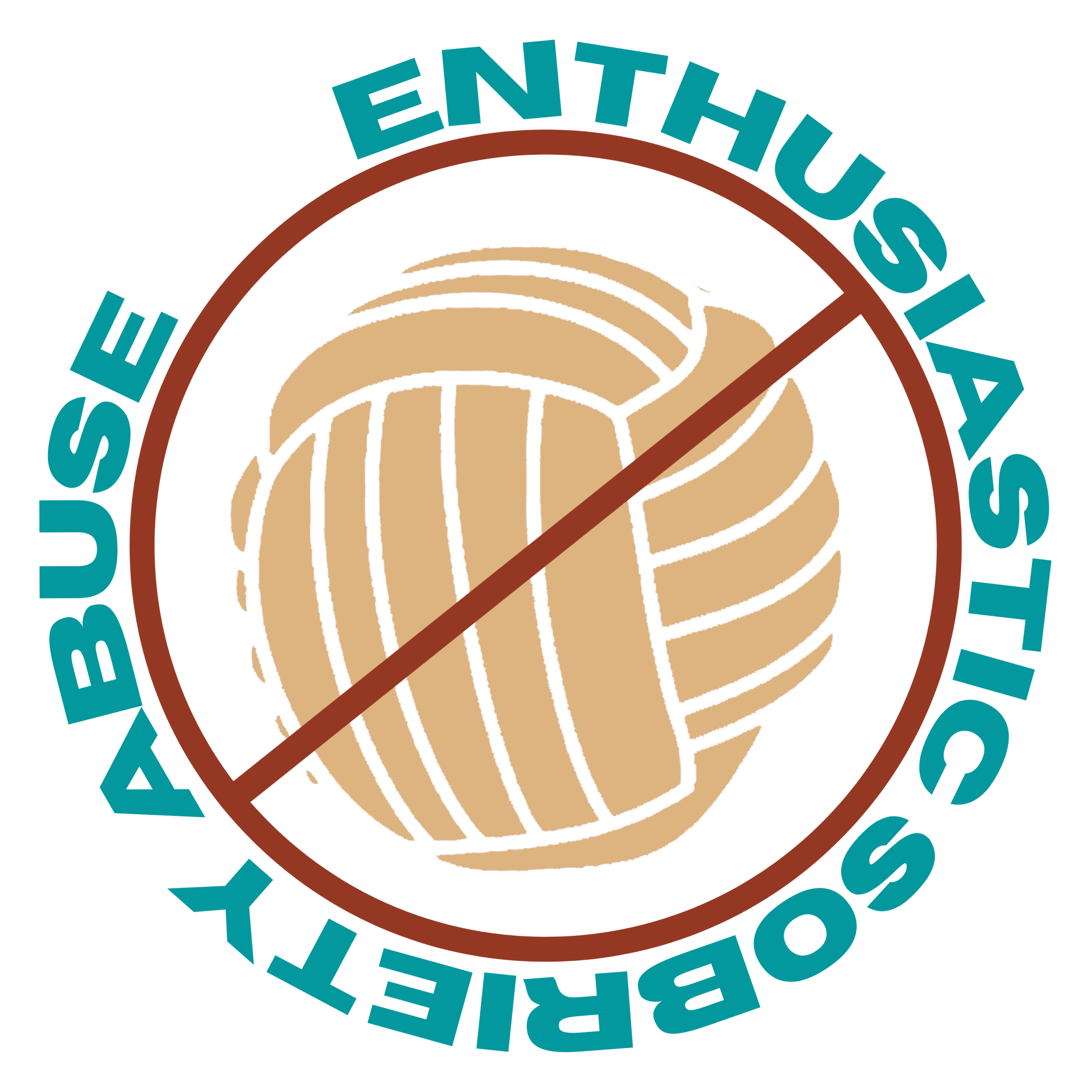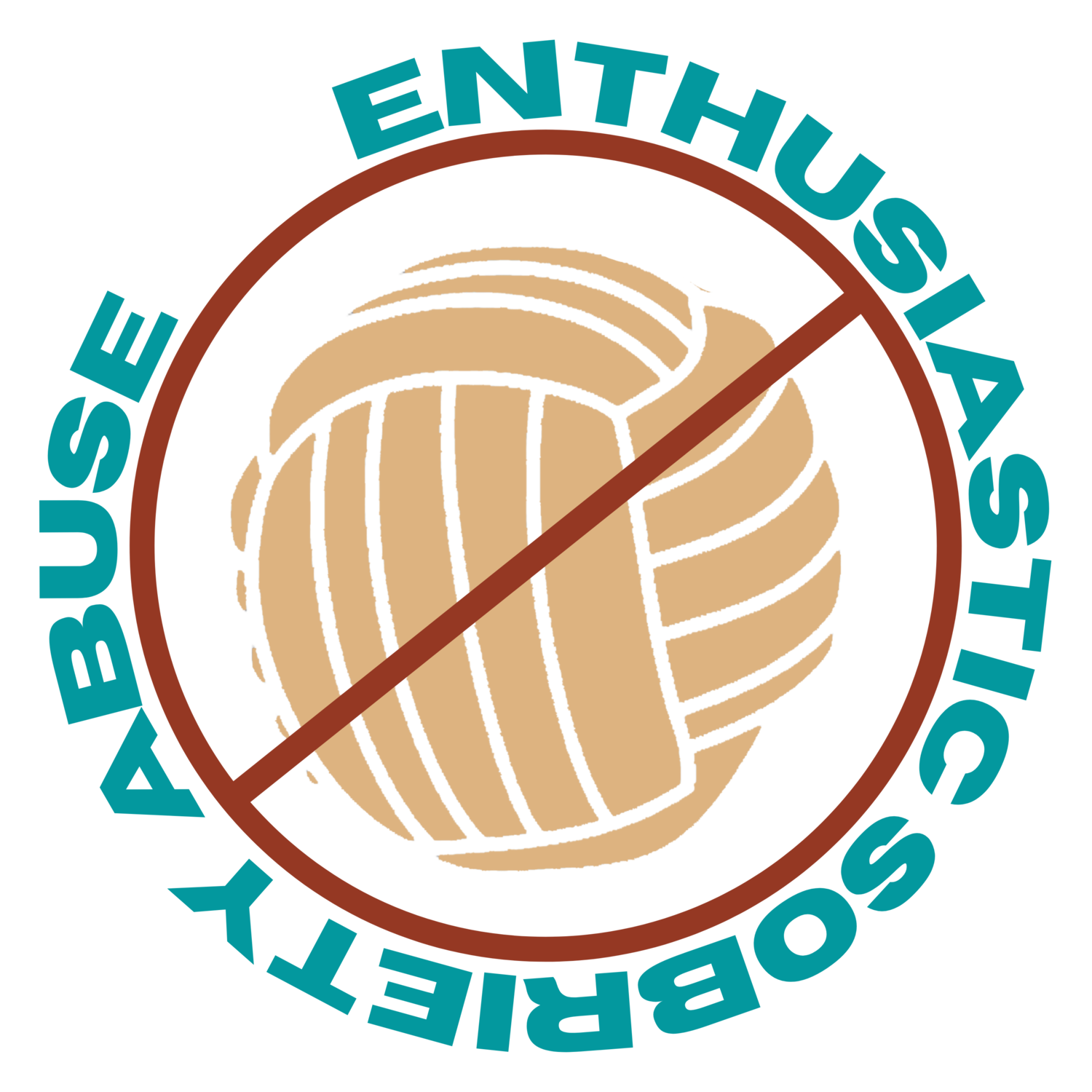
Youth Homelessness Support for Enthusiastic Sobriety Survivors
If you are a minor and The Program convinced your parents to kick you out - call CPS.
If you are in immediate danger, call 911. Your family actually has a legal obligation to house you. Kicking an underage child (meaning under 18 in most states) out of the house, without the child being emancipated, can often be considered child abandonment, which is a crime. Call Child Protective Services (CPS) or Department of Child Safety (DCS)

Youth Housing Rights
-
Parents cannot just kick children out of their homes. The Family Law Act 1975 is very clear about this: parents have a responsibility to care for their children until they are considered adults.
Once a minor is legally emancipated, parents no longer have to feed, house, or pay child support for the emancipated minor. Kicking an underage child (meaning under 18 in most states) out of the house, without the child being emancipated, can often be considered child abandonment, which is a crime.
If they decide to do this, they still have to provide for and communicate with their child until they turn 18.
-
Section 4AB defines family violence, covering within its scope violent, threatening or other behavior by a person that coerces or controls a member of the family or causes that member to be fearful. Further, 4AB(2) sets out a list of behaviors that may constitute family violence, including assault, stalking, repeated derogatory taunts, intentionally damaging or destroying property, and unreasonably withholding financial support. The Act provides for divorce and nullity of marriage if the marriage has broken down irreparably. Furthermore, section 65AA deals with parental orders. The court must, pursuant to section 60CG, facilitate the child’s best interest but also to the extent possible ensure that any parental order is consistent with any family violence order and does not expose a person to an unacceptable risk of family violence.
-
Call CPS. You are a minor in the eyes of the law. They can help you. Your family actually has a legal obligation to house you and can be taken to court for kicking you out.
-
Kicking an underage child (meaning under 18 in most states) out of the house, without the child being emancipated, can often be considered child abandonment, which is a crime.
Specific examples of abandonment vary, but common actions that may lead to charges include:
Being unwilling to provide care, support, or supervision for the child.
Making only minimal efforts to support and communicate with a child;
Fail to send some sort of money to support them, or
Failing to participate in a suitable plan or program designed to reunite the parent or guardian with a child;
Leaving a child with another person without provision for the child's support and without meaningful communication with the child for a period of three months;
Failing to respond to notice of child protective proceedings; or
Being absent from the home for a period of time that created a substantial risk of serious harm to a child left in the home;
Also keep in mind that depending on the laws of your state, a neighbor or school administrator in these cases may be legally required to report a parent for child abandonment.
Even if you aren't leaving your child on a proverbial street corner, you will be legally abandoning them.
-
The laws vary from state to state. Many states include deserting a child within its child abuse laws and vice versa, while some states have laws specifically targeting the act of abandoning a child.
Most states classify abandonment as a felony, which may include situations where a parent or guardian physically abandons a child in any place with the intent of relinquishing all rights and responsibilities to the child.
Other states classify the desertion of a child as a misdemeanor (with lesser penalties), including situations that involve non-physical acts of abandonment.
In general, child abandonment occurs when a parent, guardian, or other person has physical custody or control of a child and, when acting without regard for the mental or physical health, safety, or welfare of the child:
Knowing leaves a child (typically under the age of 13) without supervision by a responsible person (typically over the age of 14); or
Fails to maintain contact with the child or provide reasonable support for a specified period of time.
In the criminal context, child desertion is defined as physically abandoning a child, but may also include emotional abandonment such as failing to provide basic needs to a child. For example, in some states, a parent may be guilty of abandonment if they fail to provide necessary clothing, food, shelter or medical care for their child. In other states, however, parents are only punished for deserting a child with the intent to abandon the child.
-
Depending on the state, a person charged with criminal child abandonment faces a wide range of penalties and sentencing options, depending on whether the state makes it a felony or misdemeanor. A court will take the factors listed above into consideration - but the penalties may include fines, termination of parental rights, supervised access to the child, and jail time.
In addition, a person may face reckless abandonment charges of a greater penalty if a child dies as a result of the desertion.
A Requirement to be Grateful for Everything
“The years spent in this outpatient where some of the most traumatic in my life… Every bit of my story was used as a weapon against me. On multiple occasions the threat of homelessness was held above me, I was forced to sleep in abandoned cars, park benches, and whoever was Willing to allow me to sleep on their parents couch… On multiple occasions my outpatient counselor said "I was meant to be homeless".
Cornerstone Team Counseling Survivor Story: 2017 - 2021
“The first time I was kicked out of my house was when I relapsed after being in the program for about 6 months. I was 16 years old. I was only welcomed home for 5 months before being kicked out indefinitely until I was able to house myself and leave the program.
The staff encouraged my parents to kick me out of the house even when I had a job and went to school. They took away my car and phone.”
— Cornerstone Team Counseling Survivor
Homeless Youth Support Resources
-

Safe Place
Safe Place is a national youth outreach and prevention program for young people under the age of 18 (up to 21 years of age in some communities) in need of immediate help and safety. As a collaborative community prevention initiative, Safe Place designates businesses and organizations as Safe Place locations, making help readily available to youth in communities across the country. Safe Place locations include: libraries, YMCAs, fire stations, public buses, various businesses, and social service facilities.
TXT 4 HELP is a nationwide, 24-hour text-for-support service for teens in crisis. If you’re in trouble or need help, text SAFE and your current location (address, city, state) to 4HELP (44357) for immediate help.
-

Point Source Youth
We currently provide support for Rapid Re-Housing, Host Homes, Direct Cash Transfers, and Family/Kinship Strengthening interventions. These programs center youth choice and empower young people to make vital decisions that positively impact their lives.
We believe in the power of local change, so our team of technical assistance experts both live and work in the regions in which they serve. We currently have technical assistance experts in the Northeast, South, Rural and West Coast who, through trust and collaboration, use regional expertise to empower communities on the ground working to end youth homelessness.
-

National Runaway Safeline
For 50 years, the National Runaway Safeline has been responding to youth and families in crisis, serving as the national communications system for runaway and homeless youth. We continually transform technology, training and services to meet the current needs of vulnerable youth and ultimately achieve an end to youth homelessness.
The mission of the National Runaway Safeline (NRS) is to keep America’s runaway, homeless and at-risk youth safe and off the streets.
1-800-RUNAWAY
-

I Am Here: Vital Document Legal Hotline for Youth
Youth struggling with homelessness may need legal advice to understand their options in obtaining vital documents. This national hotline for youth can provide resources and assistance in obtaining:
State ID cards and licenses
Birth certificates
Social Security cards
Documents needed to get an ID/license
The hotline cannot provide legal advice, and your communication to our hotline does not establish an attorney-client relationship. All inquiries to the hotline are strictly confidential. 1-833-743-4343
-

National Clearinghouse on Homeless Youth & Families
Launched by the Family and Youth Services Bureau (FYSB) in November 2017, the National Clearinghouse on Homeless Youth and Families (NCHYF) is a national resource for organizations that support runaway and homeless youth and their families with programs and services. FYSB, which is part of the Administration for Children and Families within the U.S. Department of Health and Human Services, is responsible for supporting organizations and communities that work every day to put an end to youth homelessness, adolescent pregnancy, and domestic violence.
-

Call 211
We are the boots on the ground, the local experts who make finding help easier. There are more than 200 211 agencies across the United States, each with a team of compassionate, highly trained community specialists who are available to help you access the best local resources and services to address any need.
The 211 network in the United States responds to more than 20 million requests for help every year. Most calls, web chats, and text messages are from people looking for help meeting basic needs like housing, food, transportation, and health care.
The Cornerstone Program Survivor
When I relapsed, I was forced to move out of my house and live with 5 other girls at her parents house in a basement. My car got taken away from me and I often would be forced to be out till 6 in the morning at hangout then wake up early for outpatient.
My family missed me dearly and my parents would often complain to Tyler Barkey about my situation and staff would say this was the only way I would ever be able to get sober and my parents didn’t encourage a sober living environment for me because it was their expectation I was home by 11 every night and I didn’t participate in unsafe hangouts.
American Academy of Pediatrics finds youth experiencing homelessness are twice as likely to attempt suicide as their peers who are not homeless.
-

Dismantling the Myth of Tough Love
Psychology Today, Veronika Tait Ph.D.
There are different philosophies about how to change behavior. Many in past generations encouraged a “tough love” approach. While definitions of "tough love" vary, it will be defined here as actions toward another that are cold, withdrawn, or punitive with the intent to improve behavior. Rather than taking a global approach to access the usefulness of this philosophy, let’s take a look at specific cases from birth to adulthood where this approach is ineffective or even harmful.
Just like toppling a statue from ugly origins, it’s time to dismantle these four “tough love” myths.
-

Two Words You May Regret: "Get Out"
Psychology Today, Raychelle Cassada Lohmann Ph.D.
Teens need boundaries, not closed doors. There is no doubt about it: unruly teens can definitely push a parent’s buttons. They can be defiant, rude, disrespectful and even disobedient. Oftentimes, parents can get so worn down by their disruptive teen that the mere thought of throwing him out may bring a wave of mental and emotional relief. Many parents make the thought a reality and actually give him the boot, but is it the right thing to do?
If your teen is a minor, according to the law you can’t toss him out. In many instances, kicking him out could be classified as abandonment.
-

Child Desertion and Abandonment
NOLO.com
Parents or guardians who care for minor children have a legal responsibility to protect the children and ensure they are not exposed to harm. When such an adult deserts or abandons a child, that behavior is often a crime. Even though child abandonment and desertion laws differ significantly among states, all states have laws that criminalize this type of behavior.
The crime of child desertion or child abandonment occurs when a legally responsible adult leaves a child with the intention to abandon him or her. The parent or guardian must intend to sever the custodial ties over the child, and must often do so without regard for the child's health and safety.
PDAP Survivor Story
1975 - 1980
I wanted to go to college. I was told that if I did, I would end up getting high, and get kicked out of the group. This was a terrifying prospect. This is when I began to understand the depth and breadth of the manipulation. Everyone I knew, everyone I cared about, loved, even lived with, was in the program. I would lose everything. My home, my "family", my sense of security and safety, even my sobriety. Just so I could go to a community college. I was absolutely terrified, but I jumped. I was homeless and friendless when I started classes at Front Range Community College in the fall of 1980.
“I became homeless because after I bailed the group with another kid from my OP Steve Winkelmann told my parents I shouldn't be allowed home; it wouldn't be good for me. The thing that finally made my parents allow me home, thus ending my homelessness, was hurricane Florence.”
— The Insight Program Survivor
“Freshly after getting my first job at 17 and struggling with a relapse due to complications with a shooting me and some group kids were the victims of, staff recommend (likely Boomer’s decision) my mom to kicked me out of the house. I lived in my friends car. Eventually, I was allowed back home and granted reentry into the group. I’d never seen Staff have someone kicked out of their house before so it came as a bit of a shock.”
— The Pathway Program Survivor
“I never actually experienced homelessness, but my parents did threaten to kick me out of their house at the instruction of my senior counselor. This was part of the scenario that resulted in me going to Step 2 in Phoenix, two weeks after I joined the group.”
— The Crossroads Program Survivor
Georgia Enthusiastic Sobriety Teen Drug and Alcohol Rehab
Arizona Enthusiastic Sobriety Teen Drug and Alcohol Rehab
Missouri Enthusiastic Sobriety Teen Drug and Alcohol Rehab
North Carolina Enthusiastic Sobriety Teen Drug and Alcohol Rehab
Colorado Enthusiastic Sobriety Teen Drug and Alcohol Rehab
Texas Enthusiastic Sobriety Teen Drug and Alcohol Rehab
Youth Homelessness Overview
While the number of homeless children in America is estimated at 1.6 million, many estimates suggest the number could be far higher, as homeless statistics are often under-reported at the city, county and state levels.
One in 10 young adults ages 18-25, and at least one in 30 adolescents ages 13-17, experience some form of homelessness unaccompanied by a parent or guardian over the course of a year.
Homeless youth are vulnerable to multiple threats, including not having their basic food and shelter needs met, untreated mental health disorders, substance use, sexually transmitted diseases and HIV infection, sexual exploitation (including survival sex to meet basic needs), physical victimization and suicide.
29% of homeless youth report having substance misuse problems.
69% of homeless youth report mental health problems.
62% of LGBTQ youth report being physically harmed while experiencing homelessness while 47% of non-LGBTQ youth reported being physically harmed while homeless.
American Academy of Pediatrics finds youth experiencing homelessness are twice as likely to attempt suicide as their peers who are not homeless.
On any given night, approximately 41,000 unaccompanied youth ages 13-25 experience homelessness.
Mental Health Support
The Enthusiastic Sobriety Survivor Community has compiled resources for understanding the long term impacts of The Group, different therapeutic styles that has helped them recover, and several different directories for mental health professionals to help you on your healing journey. If you struggle with other self-destructive behaviors associated with substance use from your time in an Enthusiastic Sobriety Program, you are not alone - and there is help out there.
Substance Abuse Support
Some of us need help recovering from substance abuse, and our teen drug and alcohol rehab did more harm than good. There are alternatives, and you can find alternate 12 step programs, sobriety support groups, harm reduction resources and therapeutic methods that effectively work to treat substance misuse. There is not a one-size-fits-all approach to recovery, we’ve put together resources for you to find what works for you.
The Crossroads Program Survivor
I went to Frank Szachta (he was the only director by this time). He tells me how my parents are fucked up, my sister is fucked up, we’ve always known their fucked up (it’s why I couldn’t go right home after treatment but instead had to go live with another group member for 18 months).
Frank said I had to move out. He sighted all the usual reasons “if you stay you’ll get high.” “They’ll drive you to drink.” “Get as far away from them as you can.” “We’ll find you a group family to live with.”
They didn’t and I ended up homeless and then shunned out of the group.
Tell Your Story
Share your story to help other survivors feel heard, seen and understood. We aim to expose the consistent patterns of abuses in Enthusiastic Sobriety Programs and prevent potential families from years of suffering from undue influence and abuse under the guise of drug and alcohol treatment. Enthusiastic Sobriety Survivor stories can be submitted anonymously by former group members, staff and families.












